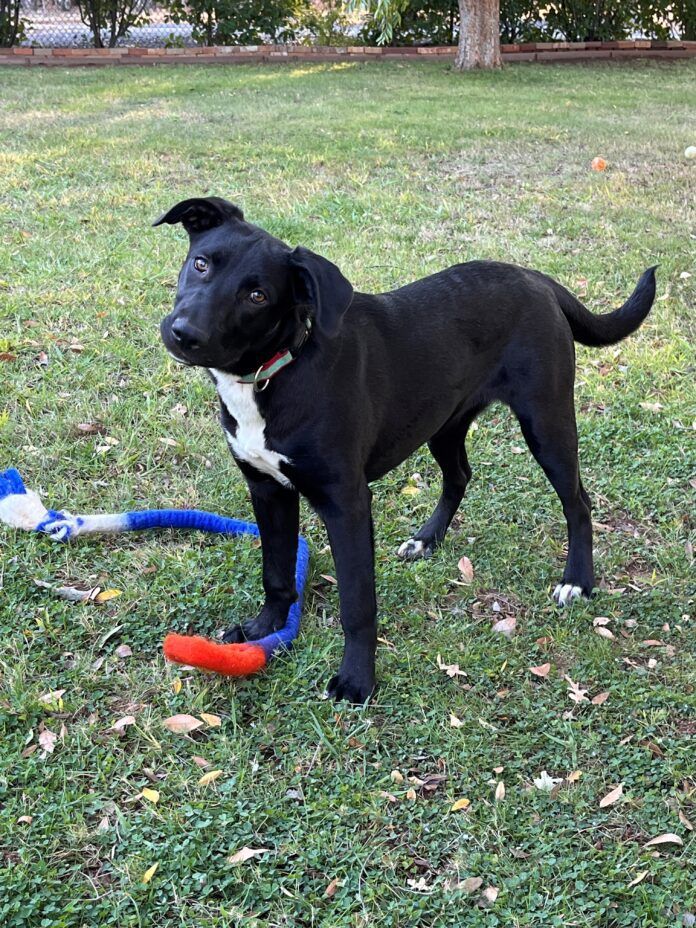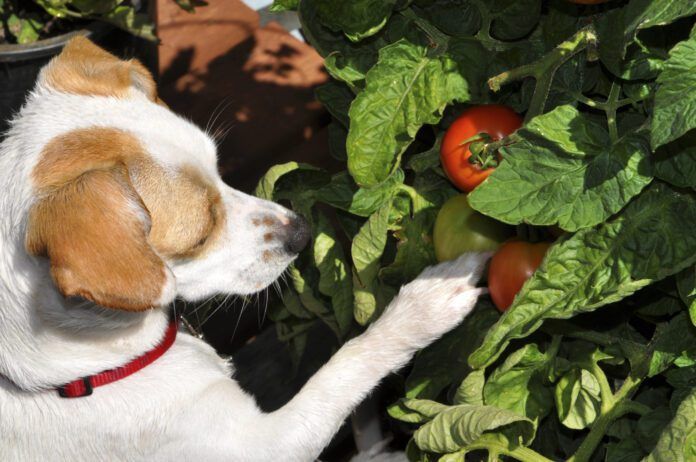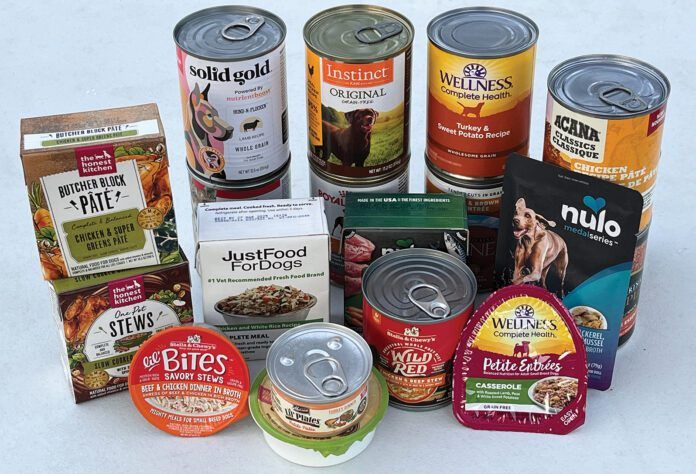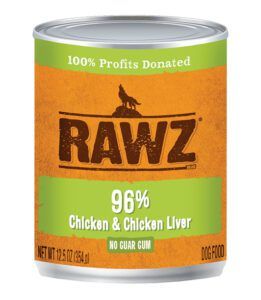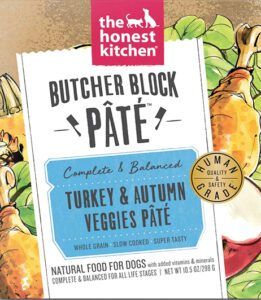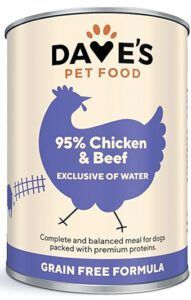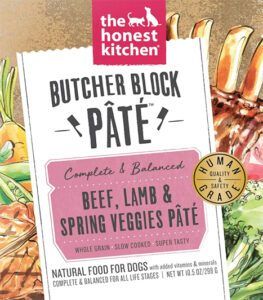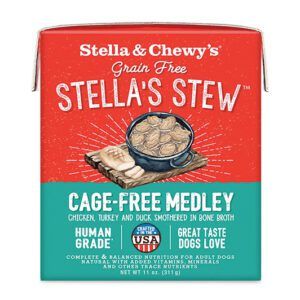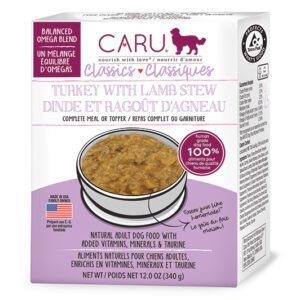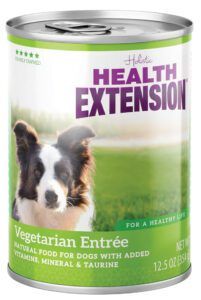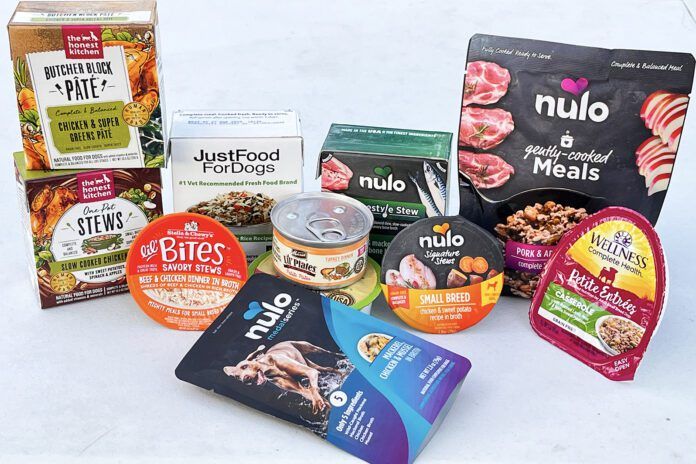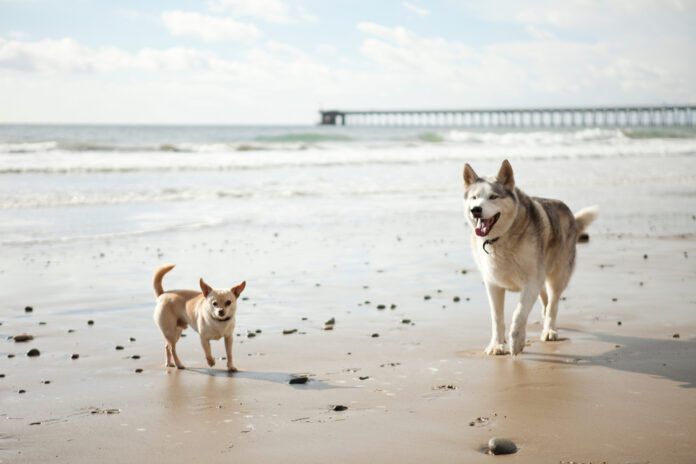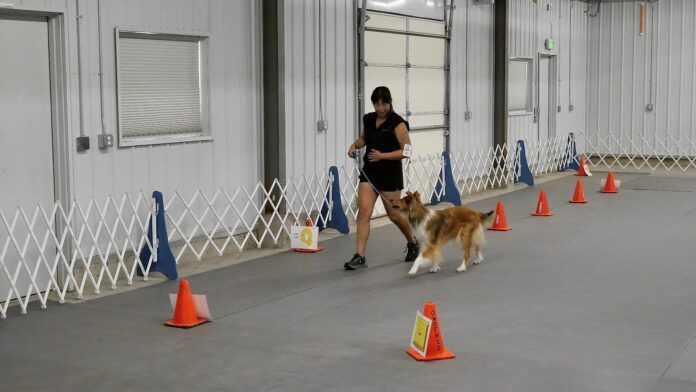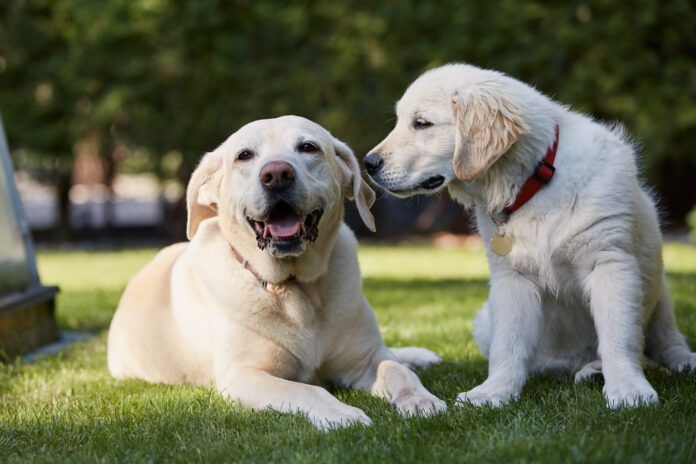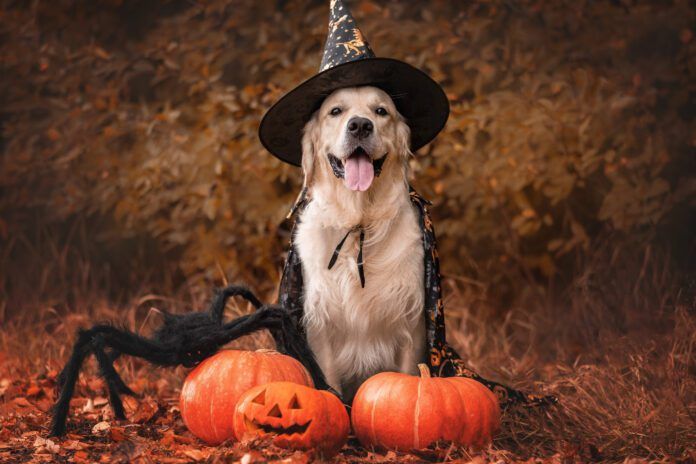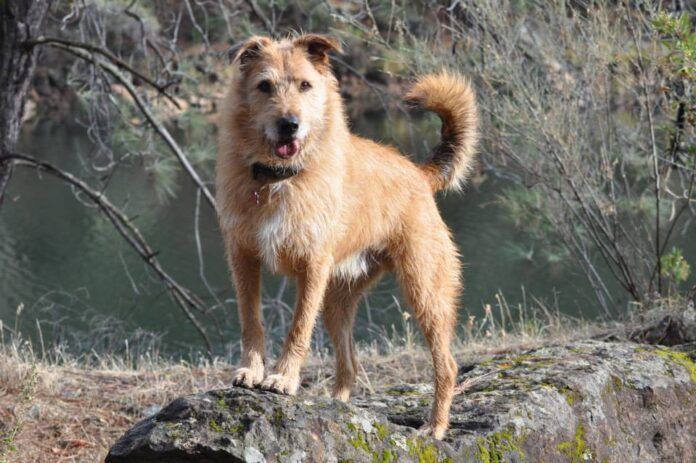Potty training a puppy is an exercise in diligence, consistency, and patience, requiring owners to keep a close eye on their dog’s body language, do their best to prevent accidents from happening, and provide rewards when the puppy relieves herself in the right spot. So how do these things apply when it comes to how to potty train a puppy in an apartment? While the basics remain the same, there are some special considerations.
The biggest issue when potty training a puppy in an apartment is the distance between the living space and the yard. In many apartments, you may have to get through hallways, multiple doors, flights of stairs, or an elevator to reach an acceptable outdoor potty spot. Even if you start moving the moment your puppy shows the slightest sign of needing to go out, the time it takes to navigate all of that is often too much for a young dog’s bladder. If you can’t consistently make it in time, it can be very difficult to teach the puppy where it’s appropriate to potty.
On the monetary side, there are also security deposits to consider. If your puppy has accidents on the apartment floor—or in public spaces such as hallways—that leave any visible or olfactory sign, you could be looking at footing the bill for a new carpet. This can add a level of stress that isn’t helpful to the potty training process.
There are a few ways to manage these concerns including:
- Getting your timing right
- Using puppy potty pads
- Starting with dog diapers
Regardless of where you and your puppy are living, there are several things to know about potty training. First, young puppies are still developing the muscle tone necessary to control their bladders and need to go outside far more frequently than adult dogs. They usually need to potty immediately after eating, waking up from a nap, or playing. While every individual is different, keep an eye out for behaviors such as circling, whining, and sniffing as these may indicate that your puppy needs to pee.
It’s important to not yell at or punish a puppy for having an accident inside. She won’t understand why you are upset and it won’t help her learn any faster. Instead, if you catch her mid-potty, take her appropriate potty spot to finish and praise her when she does.
Finally, use baby gates and tethers to control how far away from you your puppy can get. The closer she is, the easier it will be to see when she needs to potty. When you leave the house or can’t watch the puppy, using a crate can help. For more on how to use a crate for potty training and other potty training tips, see “How to House Train a Puppy”.
Timing and Puppy Potty Training
It is doable to rely solely on getting your timing right for potty training a puppy in an apartment. I’ve done it before, but it’s difficult and usually results in some accidents along the way. If you want to try it, you’ll have to be especially vigilant when it comes to recognizing your puppy’s body language and figuring out her schedule. Having good cleaning products on hand is also helpful.
The key is to go outside early and often. Any time you think your puppy might have to potty, take her outside immediately. It’s better to waste time on a false alarm or spend longer than you might like hanging around outside than to have an accident in the elevator. Remember, puppies in the 8-12 week age range need to go out approximately every hour, so the time commitment is significant.
How to Potty Train A Puppy On Pads
Dog potty pads can be a useful tool when it comes to potty training in an apartment. They provide an easily accessible spot for the puppy to relieve herself without a long sprint to the apartment building exit and most puppies figure them out fairly quickly. As with any potty training endeavor, the key to teaching a puppy to potty on pads is to be consistent. To start:
- Put a clean pad in the spot where you want your puppy to relieve herself. You’ll want to choose a location you (and the puppy) can get to easily. Don’t change the location of the pads once you start the potty training process.
- Show the pad to the puppy. Encourage her to walk on it to get comfortable with texture. As noted in “Indoor Dog Potty”, do not throw treats onto the pad to get the puppy to walk on it since dogs are unlikely to relieve themselves where they get food.
- Bring your puppy to the pad any time you think she might need to potty.
- Praise and reward her when she pees or poops on the pad. Give treats at least a few steps away from the pad.
How To Use Puppy Potty Pads and Outdoor Potty Training Together
Using potty pads does not prevent you from also training your puppy to potty outdoors. It’s just a matter of teaching her that both the potty pads and the grass outside are acceptable spots to relieve herself. The method for teaching her which spots are appropriate is the same: get her there before she goes and reward her when she does.
With my dogs, I used potty pads more frequently when they were tiny and phased the pads out as their bladder control got better. I still keep potty pads on-hand for weather emergencies or if I need to be out of the house for longer than I prefer for the dogs to go between bathroom breaks.
How To Use Puppy Diapers
With my last puppy, I chose to put her in dog diapers while we worked through the early stages of potty training since the entire apartment was carpeted. That way, if I wasn’t fast enough, I was only changing a diaper rather than scrubbing the carpet and hoping nothing stained. All in all, she wore diapers for about three weeks before I felt like she had enough bladder control to make it outside comfortably and was well on her way to understanding where to potty. We were in a second-floor unit with only one door and a stairway between us and the grass—if you are living in a high-rise, it may take longer.
It is important to note that puppies should never wear diapers without supervision. They can pull them off, chew them up, and swallow pieces, which can lead to dangerous intestinal blockages. Puppy diapers should also be changed regularly to avoid irritation and urinary tract infections. Get fresh diapers several times a day—even if they’re dry—and change wet diapers immediately.
I do not recommend putting diapers on a puppy at night. It’s impossible to supervise the puppy while you are asleep and it’s better for her to have some time without a diaper on. In addition, I let my puppy run around without a diaper for twenty minutes or so after coming back inside from a successful potty break. At night, she slept in a crate by my bed and I set up potty pads for her nighttime bathroom breaks until I felt like she would be able to consistently make it outside in time.
The trick with diapers is that you can’t get lazy. They’re only meant as floor protection—diapers themselves do not teach a puppy where it’s OK to potty and it can slow down the potty training process if you get complacent. The goal is still to get the puppy to an appropriate potty spot.



